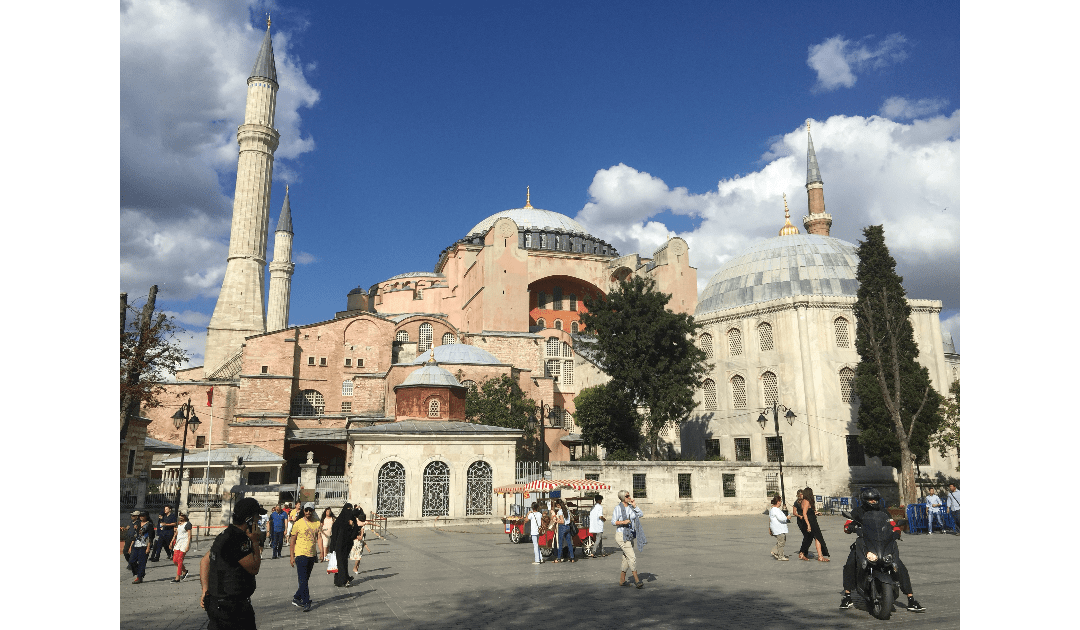On the 24th December 563 the Byzantine church Hagia Sophia in Constantinople was dedicated for the second time having been destroyed by an earthquake. The original church was commenced under the direction of Constantine I and consecrated by his son Constantius II in 360. It was damaged by fire in 404, rebuilt and then burnt again in 532. An earthquake caused a partial collapse of the dome in 558.
It reminds me of reading one of Isaac Asimov’s non-fiction books. It might have been The Intelligent Man’s Guide to Science, I can’t remember. I’ve never really been a big fan of science fiction. I read Arthur C. Clarke’s 2001: A Space Odyssey, but that’s the full extent of my science fiction reading. I do love Star Trek though. But back to Asimov’s non-fiction. He describes the point at which science became mainstream. It was during the Napoleonic wars. The lightning conductor, or lightning rod for those in the United States, had been invented by Benjamin Franklin in 1755. European armies routinely stored their gunpowder in churches overnight to keep it dry and safe.
The lightning conductor was becoming popular on buildings which could afford to install them such as taverns and brothels. Churches eschewed them, relying on divine protection instead. According to Asimov, the number of churches blown to smithereens following a lightning strike contrasted with the nearby taverns and brothels, which were spared, proved difficult to ignore.
The inspiration for Fire and Earth, the second book in the Sir Anthony Standen Adventures, came from Giordano Bruno being burnt at the stake in 1600 for the heresy of writing that the Earth revolved around the sun. Around the same time as I discovered Giordano Bruno a grieving friend asked me if I believed in an immortal soul. It was as though I was struck by a lightning bolt of inspiration. So the central theme of Fire and Earth became the conflict between science and religion.

